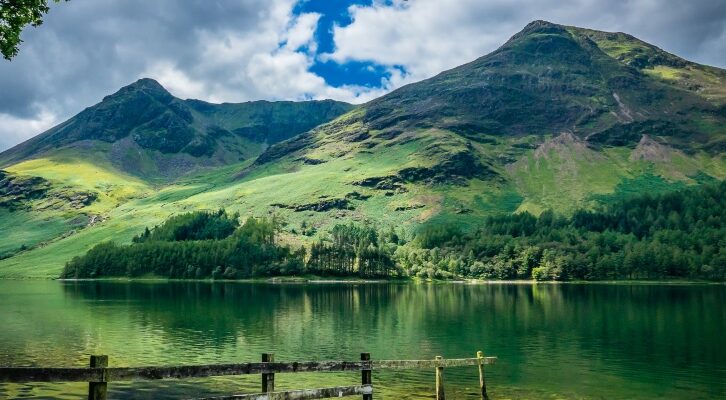
10 Trailblazing Environmental Books for Earth Day
Rachel Carson, John Muir, and More
Earth Day began in 1970 and is now celebrated in more than 150 countries. It’s intended to raise awareness about the environmental issues facing the world—something that writers have been doing for a long time. A History of British Birds by Thomas Bewick, published in two volumes in 1797 and 1804, was the first field guide for birds. In 1854, Walden by Henry David Thoreau sparked the back-to-nature movement. On the Origin of Species by Charles Darwin founded evolutionary biology in 1859. The genre took a dramatic turn in the 20th century with the publication of a series of books that highlighted the dangers faced by various environments and species. The 19th-century themes of appreciation and understanding were joined by concern for the environment’s future and demands for conservation and preservation. Below is a brief overview of recent books that have had a profound impact on current environmental movements.
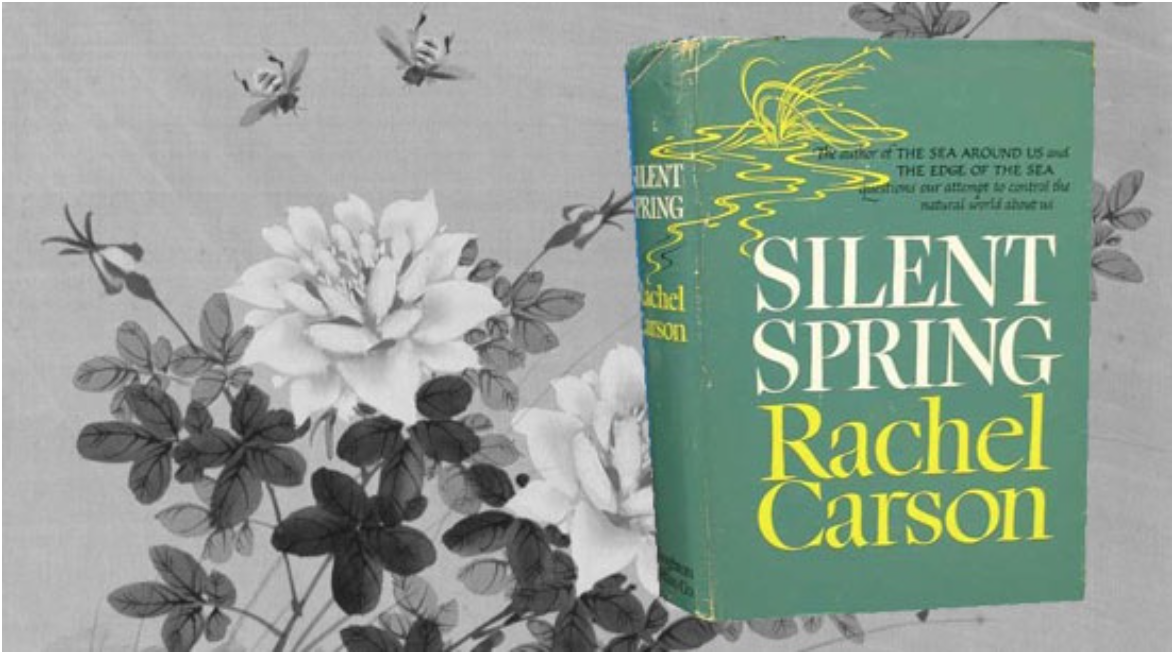
Rachel Carson, Silent Spring
(1962)
Silent Spring was revolutionary for documenting how unregulated use of pesticides adversely affected both the environment and humankind. With it, Carson challenged America’s chemical industry at a time when environmental activism was unheard of. The book was met with fierce criticism from major chemical producers, but it sparked the start of the US ecological movement and led to major media coverage about the negative effects of pesticides. The use of DDT was eventually banned in the US in 1972, and a worldwide ban followed. The book is still controversial today; many critics blame Carson for hampering agricultural production around the world and allowing millions to die from malaria (DDT was originally intended to control malaria among soldiers in World War II). Even today, it’s a shocking portrayal of how far corporations can go when unregulated.
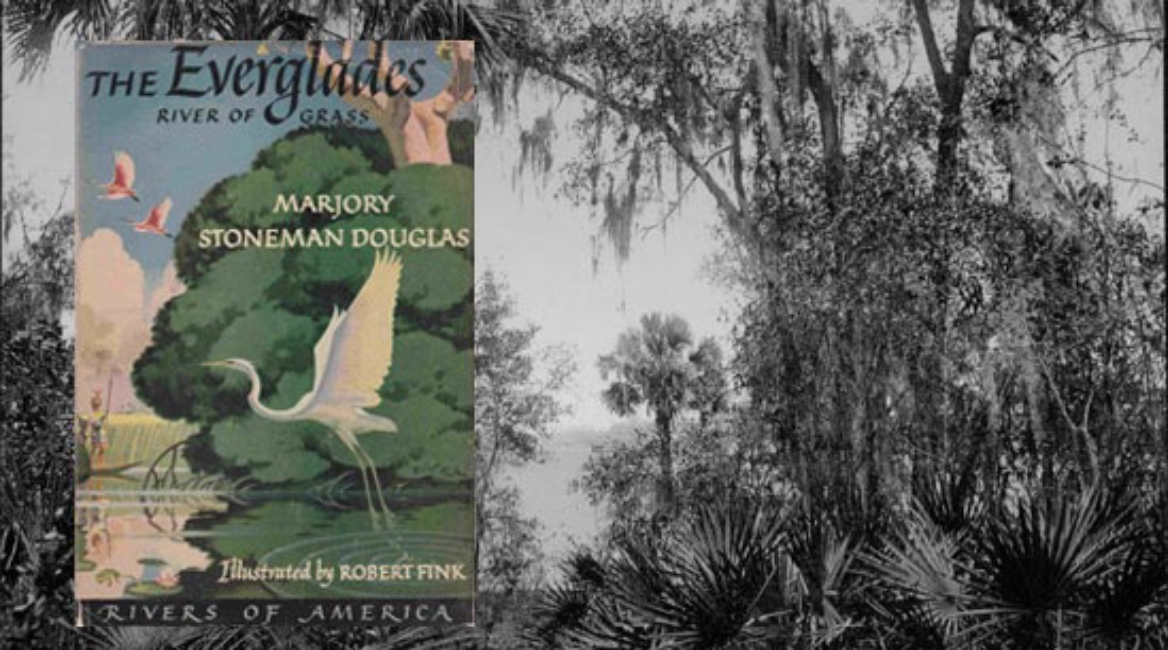
Marjory Stoneman Douglas, The Everglades: River of Grass
(1947)
Published in same year as the opening of the Everglades National Park, The Everglades described how the wetlands were suffering and in need of restoration and preservation, positioning the Everglades as a national treasure at time when many people thought it was just a swamp. For more on Marjory Stoneman Douglas read this appreciation by Dava Sobel, today at Lit Hub.
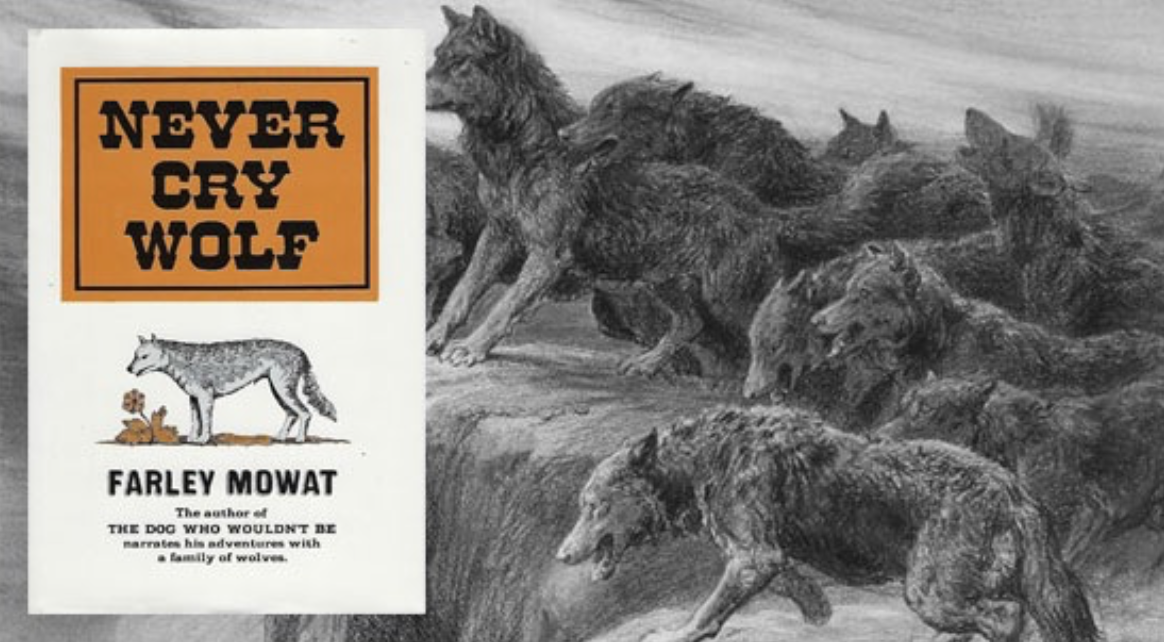
Farley Mowat, Never Cry Wolf
(1963)
In Never Cry Wolf, Farley Mowat describes his experiences investigating the declining caribou population in the Canadian sub-arctic in 1948. At the time, it was believed that wolves were to blame; he discovered that they existed mostly on small mammals such as mice. He found that when wolves did hunt caribou, they kill the weaker, older, and sick animals, which benefits the herd by allowing the fittest animals to breed and increasing the speed of the herd’s migration. Instead, he blamed human hunters for the decline in caribou. The book is widely credited for discouraging the practice of culling wolves. Although several Canadian government bodies saw Mowat as a disruptive influence at the time, he’s regarded as an environmental pioneer today. The prose is highly readable and ideal for young readers brought up on children’s fiction where the wolf is big and bad.
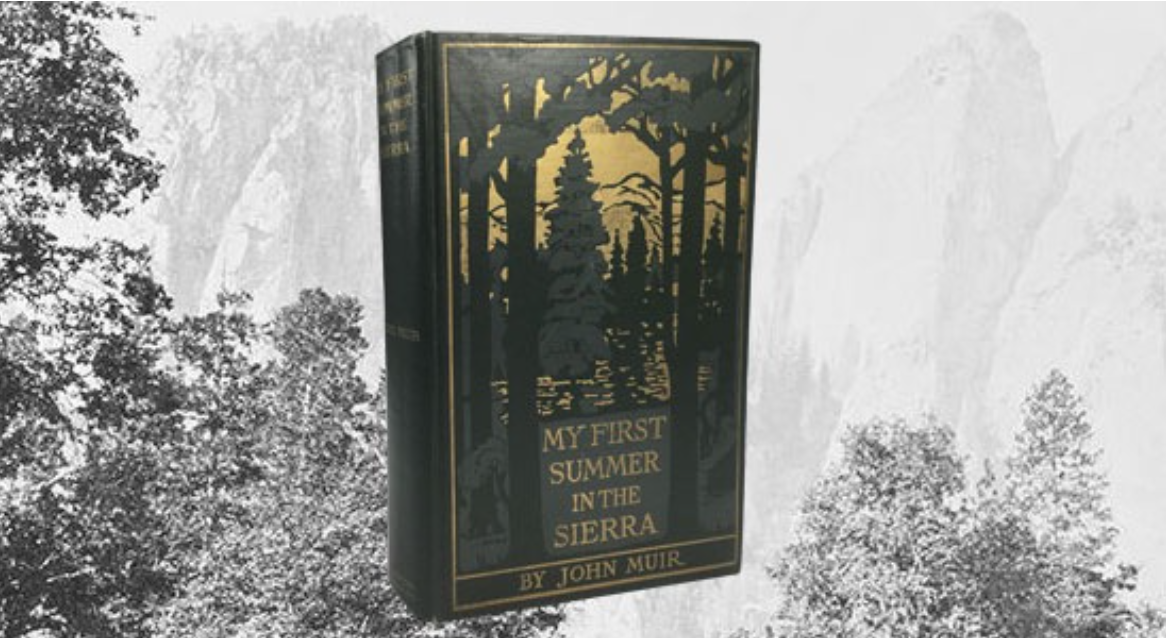
John Muir, My First Summer in the Sierra
(1911)
My First Summer in the Sierra describes John Muir’s first trip to California’s Sierra Nevada Mountains, located in what is now Yosemite National Park. Muir, a young Scottish immigrant, joined a crew of shepherds and kept a diary while tending sheep over four months. He details vistas, flora and fauna, and other natural wonders. No one has advocated more for the preservation of wilderness in the United States than John Muir, who went on to co-found the Sierra Club. His 12 books—and hundreds of articles—mark him out as a key naturalist and nature writer. This book was brought numerous visitors to Yosemite with four million people now visiting each year. The Sequoia National Park was also created partially thanks to his work.
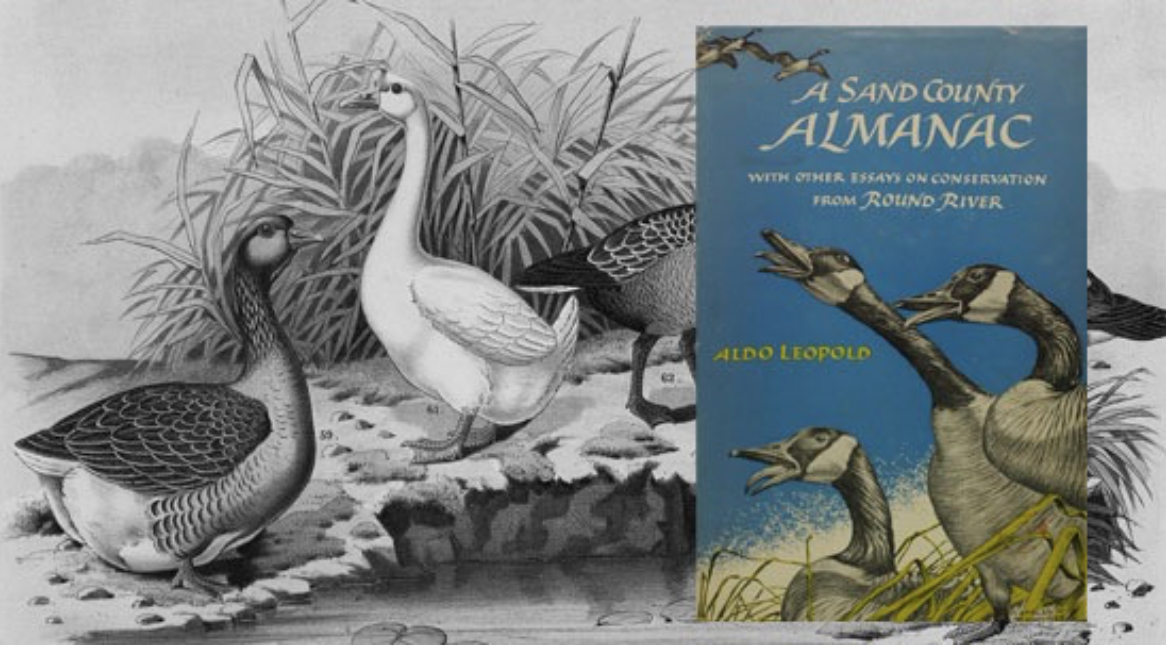
Aldo Leopold, A Sand County Almanac
(1949)
In a series of essays, Aldo Leopold describes the land around his home in Sauk County, Wisconsin. He advocates for a responsible relationship between the land and people, enumerating the importance of striking a balance between the two and revealing the negative effects of removing one species, like a predator, from the natural order. He coined the term “land ethic,” asking that humans develop a new sense of morality in order to preserve ecosystems.

Gavin Maxwell, Ring of Bright Water
(1960)
Ring of Bright Water details Gavin Maxwell’s experiences with otters at his remote house in Scotland. It’s an account of humanity with wildlife, and coming to understand nature. It shows that no matter how advanced we feel, we can always learn more about nature and animals and was turned into a film starring Bill Travers and Virginia McKenna in 1969.
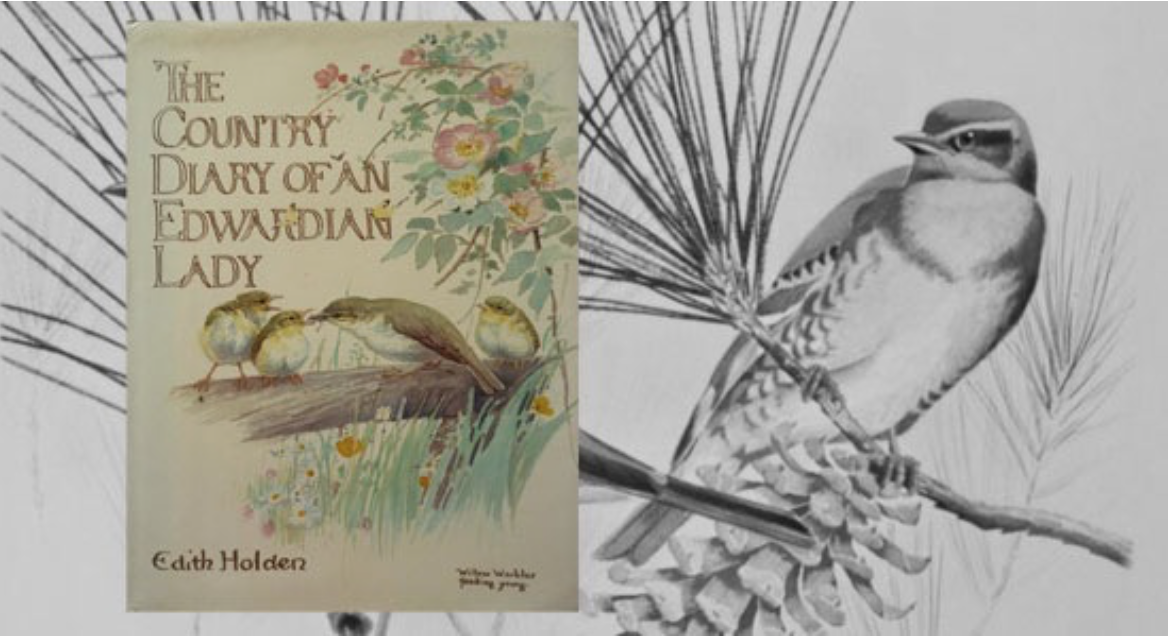
Edith Holden, The Country Diary of an Edwardian Lady
(1906/1977)
This is an amateur naturalist’s diary for the year 1906 where the changing seasons are shown by changes in plants and animals in the English countryside. In it, Edith Holden uses text, including poetry, and illustrations of birds, plants and insects. It was first published in 1977 and became an immediate publishing sensation, although it was a personal diary and never intended for publication. It shows almost anyone can have an appreciation for nature, if they just take the time to look carefully.

Edward Abbey, Desert Solitaire
(1968)
Desert Solitaire is a collection of essays about life in the wilderness based on Edward Abbey’s activities as a park ranger at Arches National Monument in Utah in the late 1950s. He writes about damage caused by overdevelopment and tourism while also waxing philosophical, dwelling on the power and ruthlessness of the desert. His essays reveal that a desert area can be as fascinating as a forest or coastline and heavily criticized the US Parks Service for developing parks filled with highways, where visitors could drive-in and drive-out without truly experiencing the surroundings; in his mind, American culture was not in the least aligned with nature. The book is widely credited with putting the Arches National Monument on the map.
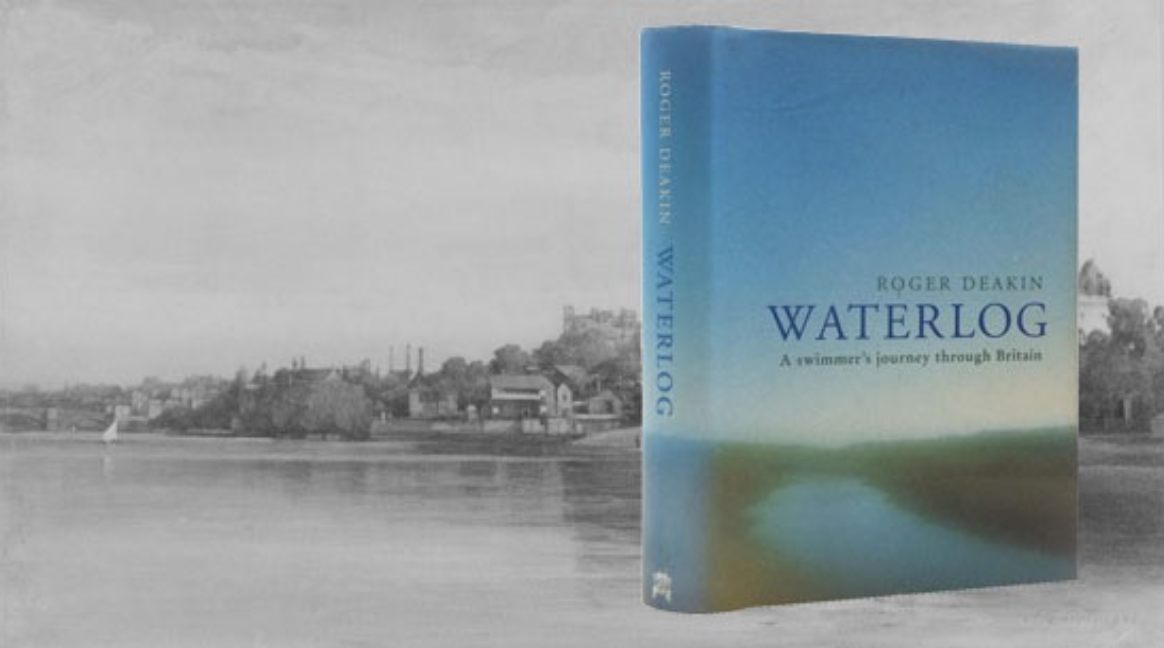
Roger Deakin, Waterlog: A Swimmer’s Journey through Britain
(1999)
Waterlog describes Roger Deakin’s experiences of wild swimming in British waterways, inspired by John Cheever’s short story “The Swimmer.” Deakin’s mission was to swim across Britain, from Cornwall to the east coast, by swimming through bays, rivers, canals, lakes, ponds, and one swimming pool. The book goes beyond swimming and looks at English history, woodland, rights of way and ancient hedgerows and advocates for open access to the countryside and waterways. Waterlog was the only book that Deakin published in his lifetime, but it was a bestseller in the UK and helped create the wild swimming movement.
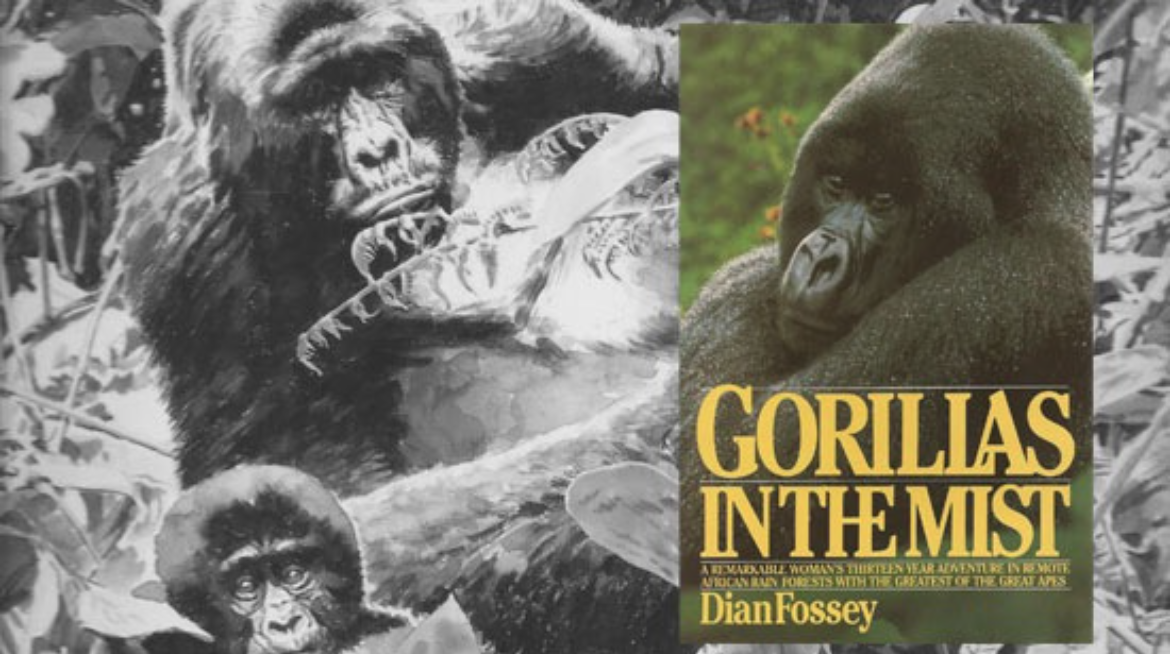
Dian Fossey, Gorillas in the Mist
(1983)
Gorillas in the Mist describes Dian Fossey’s efforts to study and preserve mountain gorillas in Africa from the mid-1960s to her death in 1985. She strongly opposed both tourism and poaching. She was murdered, almost certainly because of her efforts to protect gorillas—she was slain in her bedroom and no valuables were taken from the room, leading to the conclusion that poachers killed her. She wasn’t just a campaigner; she also raised money for her own anti-poaching patrols in Rwanda. Fossey made numerous scientific discoveries about gorillas and their complex social hierarchies. Her critics accused her to loving gorillas more than humans.
Richard Davies
Richard Davies has worked for AbeBooks.com since 2005, in public relations, merchandising and content development. He has promoted everything from medieval illuminated manuscripts to the last award-winning novels, but has an eye for the unusual and unique. His personal taste in literature is strongly focused on non-fiction and his favorite writers include the great British travel writers such as Eric Newby, Jan Morris, Bruce Chatwin, HV Morton, and Patrick Leigh Fermor.











